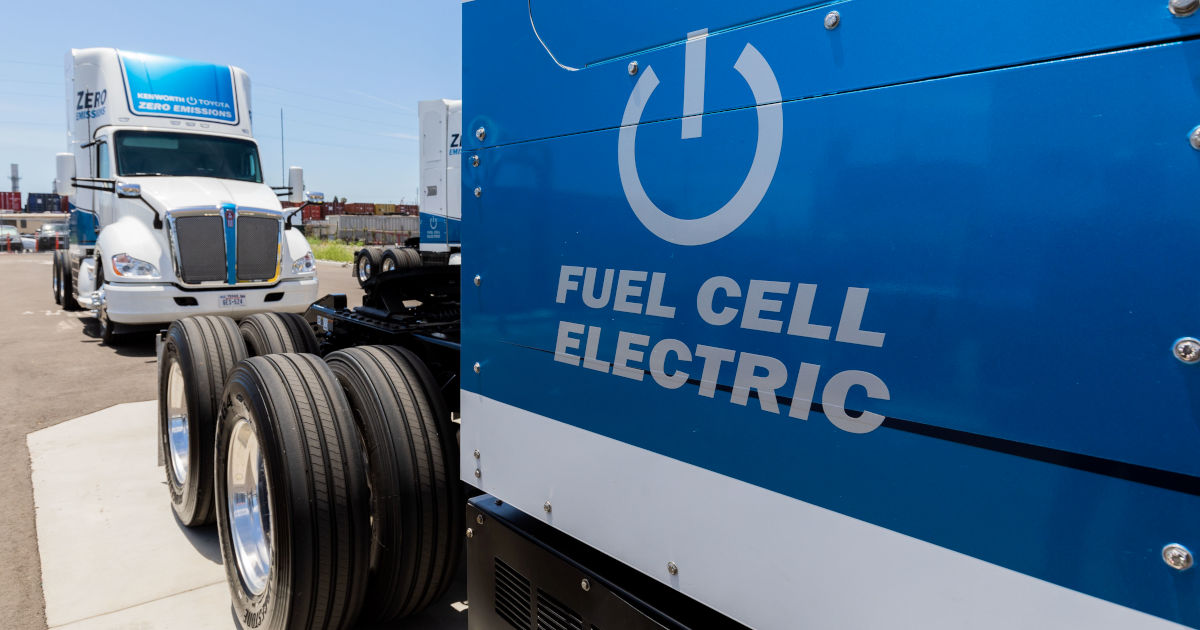Image Credit: TruckPR (Flickr)
Lithium Battery vs. Hydrogen Fuel Cell Vehicles
When it comes to comparing battery-powered Electric Vehicles (EVs) and hydrogen fuel cell batteries to determine which technology will win the future, there is no reason to select one and expect the complete demise of the other. Just as diesel vehicles operate alongside gasoline powered cars and trucks, lithium-ion batteries and hydrogen fuel cell powered vehicles can co-exist. And like gasoline and diesel, they each have advantages and disadvantages that would make one better in some applications than the other. It is important for investors evaluating expected changes in transportation to understand the differences and pros and cons of one over the other.
The Future
Electric power would certainly seem to be the future of personal transportation. There are two competing means to source or store electricity. Battery-powered electric vehicles (BEVs) and hydrogen fuel cell electric vehicles (FCEVs) are in tighter competition than they may appear. While BEVs have attained a great deal of traction, FCEVs may be the come-from-behind favorite when sustainability and utility are measured. We’ll discuss how each works and the known differences.
Current Technology
FCEVs are not hydrogen combustion engine propelled. Their motor is electric and shouldn’t be confused with those that burn hydrogen in much the same way as a car is propelled by gasoline. With both, an FCEV and a BEV, electric power stored or created onboard is delivered to one or more electric motors.
The FCEV produces electricity via a chemical reaction in a fuel cell between expendable hydrogen and oxygen. The hydrogen is then replenished via a filling station, not unlike gas or diesel.
In a BEV, electricity is stored in a lithium-ion battery, à la current day smartphones. That charge retained by the li-ion battery is distributed to the motor(s) on board.
Pros, Cons and Electrons
Hydrogen-powered EVs have a weight-to-power ratio many times greater than lithium stored energy. The lighter, more powerful fuel cell gives the FCEV vehicle a much greater driving distance at a reduced weight. BEVs using 2021 technology would have to be made considerably heavier (additional battery storage) to even compare to the average gasoline powered car on the road. When electric output of any method is discussed, the terminology most often used is power density. Li-ion batteries are not as power dense as a similar weight tank full of hydrogen. Significant range can be added to a hydrogen vehicle without adding a great deal more heft. As far as vehicles using li-ion storage, adding additional output often works against the ability to go farther as it has to now propel much greater weight.
The next generation of batteries for BEVs are expected to be solid-state. The difference is lithium-ion batteries are composed of a cathode, anode, separator, and electrolyte. At present they use a liquid electrolyte solution. Solid-state batteries use solid electrolytes, not liquid. This change in the battery construction is expected to add, on average, 600 miles to the range. This would tend to place the two vehicle types in the same range category – with no similar breakthroughs expected for FCEVs. An important added bonus will be that they will take about half the time to charge versus current liquid electrolyte lithium batteries.
The added range does make the technology competitive, considering most don’t drive more than 10 hours a day. With this in mind, the general consensus is that FCEVs are the preferred choice for long-distance travel. BEVs are more practical for shorter trips. In their present configurations, on average, an FCEV can outdistance a BEV by about 100 miles.
Usability
Refueling time gives FCEVs a large edge. Filling up a tank with hydrogen takes as much time as filling it up with gas or diesel. A drive from New York to Florida would require three five-minute stops with the average FCEV, a BEV may require four stops of approximately five hours on the same trip. The travel time could then be twice as long. While lithium-ion batteries have a limited number of charging cycles, hydrogen fuel cells’ overall life expectancy is much greater.
Its power density and fast refueling times are two reasons hydrogen is revolutionizing the commercial vehicle industry. Long-haul transport trucks would have to reduce their cargo weight if they had heavy batteries; a smaller battery would cut down on the range, which adds to the time and cost to deliver its haul.
Longevity
BEVs are at a disadvantage in lifespan. While most BEV manufacturers offer up to 8 years or 100,000 miles warranty on their lithium-ion batteries, the batteries themselves can only take a limited amount of charging cycles before they start to lose their ability to retain a charge. The batteries have thermal buffers which prevent overcharging or over depletion to extend their lifespan, but owners will not experience the longevity of a fuel cell. In fact, the range, not unlike charging time in a cell phone, becomes increasingly less as it ages. Replacing a battery is a big expense. Fuel cell replacements are not as expensive. The downside of a fuel cell is short-distance driving puts severe stress on its membrane and reduces the lifespan. Continuous use where the cell remains wetted would allow it to extend its life by almost 800%. This is another reason for it to be preferred in long-distance applications rather than constant short trips.
Safety
Hydrogen cars like the Toyota Mirai, the Honda FCX Clarity and the Hyundai Nexo have all been cleared as safe to drive and have no record of major incidents. The same cannot be said for BEVs which have had issues that have been addressed over the years. However, the storage and transportation of hydrogen, along with the refueling process does pose risks. Separating hydrogen atoms at refueling stations, rather than transporting in tank trucks can combat much of this risk.
The perceived and even expected dangers of hydrogen-powered cars has not been demonstrated with statistics. Hydrogen has been transported for industrial use for years, without incident, and there have been no notable incidents with the manufactured FCEVs in actual use.
Sustainability
Hydrogen powered cars actually filter air as they drive, leaving a trail of clearer air. With large-scale production of green hydrogen (clean electrons, produced using renewable energy sources) FCEVs are by far the more sustainable EVs. Especially since they don’t even leave battery waste.
Availability
There is very little in the US or elsewhere which allows hydrogen vehicle refilling. Unless a network is built, all the benefits of hydrogen over alternatives are moot points.
According to a research journal “Compendium of Hydrogen Energy”, published by J. Wind, “About 200 hydrogen refueling stations have been installed worldwide; around 85 of these are located in Europe and approximately 80 in the US (mainly California).”
Suggested Reading:
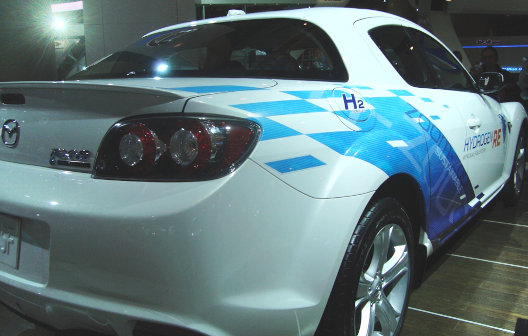 Investment Opportunities in Hydrogen
|
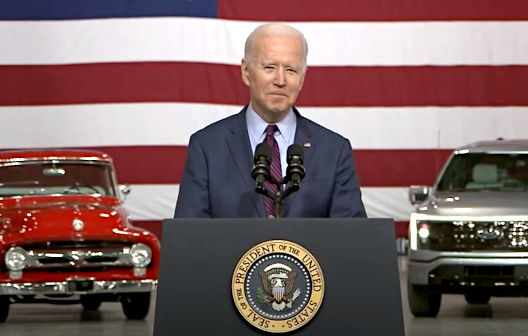 The Future of Electric Vehicles
|
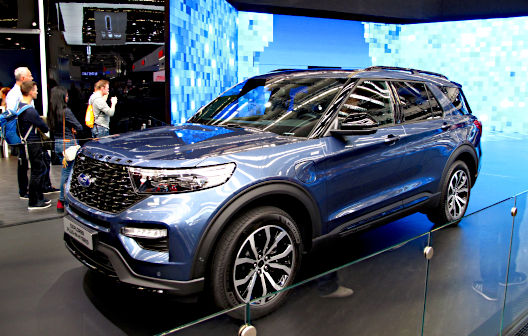 Ford’s Announcement is Another Reason for Copper Investors to Smile
|
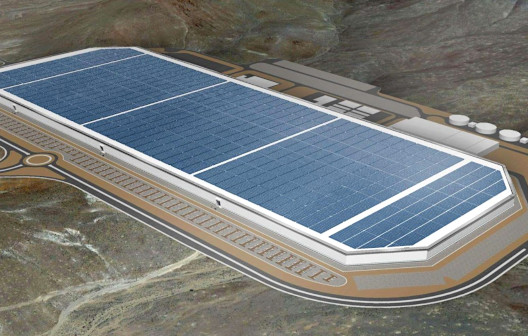 Lithium-ion Battery Recycling Heats Up
|
Sources:
https://openroadautogroup.com/blog/bev-phev-hev-fcev-key-differences-between-electric-car-options
https://www.fueleconomy.gov/feg/fcv_sbs.shtml
Stay up to date. Follow us:

|
